At What Cost? Unravelling the Harms of the Fast Fashion Industry
You know that feeling of standing in front of a closet full of clothes and still thinking, "I have nothing to wear"?
TL;DR: Fast fashion creates a cycle of overconsumption that pollutes our planet, exploits workers, and brings harmful chemicals into our homes. The real cost goes far beyond price tags.

This is not just a personal frustration. It is the direct result of fast fashion, a system built on producing clothes at lightning speed, selling them for cheap, and making them fall apart just as quickly.
While the racks promise endless variety and affordability, there is a hidden cost. Fast fashion pollutes rivers, fills landfills, fuels climate change, and exploits workers. It also brings harmful chemicals and microplastics into our homes and onto our skin. The impact goes far beyond our wardrobes and into our health.
The Scale of Fast Fashion
In the last 20 years, the number of garments produced has nearly doubled. Global consumption has risen by 400 percent. Ultra-fast brands like Shein upload more than 1,000 new styles every day, producing tens of thousands of garments daily in tiny runs.
The outcome is predictable. Cheaply made clothing is worn only a few times before being discarded. Consumers are buying more than ever but wearing less, creating a tidal wave of textile waste.
Environmental Devastation at Every Stage
🌊 Waste and Pollution
- 🏭 Textile dyeing is the world's second-largest polluter of water. Rivers near manufacturing hubs often run bright with chemical waste.
- 🔬 Synthetic fabrics like polyester shed microplastics with every wash, polluting oceans and entering the food chain.
- 🗑️ Most garments end up in landfills or incinerators, releasing methane and toxins as they break down.
🌡️ Carbon Emissions
Fashion is responsible for up to 10 percent of global CO₂ emissions. That is more than all international flights and maritime shipping combined.
🦌 Animal and Habitat Destruction
Animal-based textiles like wool and leather contribute to deforestation, overgrazing, and water pollution. Blending them with plastics makes these materials even more toxic and impossible to recycle.
The Human Cost Behind the Seams
Fast fashion's affordability relies on labor exploitation. Factories in low-income countries employ mostly young women, often in unsafe conditions and on poverty wages. The 2013 Rana Plaza collapse in Bangladesh, which killed more than 1,100 workers, remains a stark reminder of the industry's human toll.
"As long as the model is built on overconsumption, true sustainability is impossible."
Why "Sustainable Fast Fashion" Is a Myth
Some brands promote "eco-conscious" collections, but these are a fraction of their output and still depend on synthetics, toxic dyes, and mass production. As long as the model is built on overconsumption, true sustainability is impossible.
What You Can Do: A Different Kind of Fashion Future
Change requires both systemic reform and individual action. Here are three ways forward:
- 🛍️ Buy less, choose better. Invest in fewer pieces that are durable, timeless, and responsibly made.
- 🌱 Support sustainable textiles. Look for organic fibers, natural dyes, and toxin-free options.
- ♻️ Extend the life of what you own. Repair, thrift, swap, and upcycle instead of discarding.
AIZOME: Fashion's Future is Here
This is where AIZOME makes a difference. Unlike fast fashion's disposable approach, AIZOME creates textiles designed to last without harming your body or the planet.
- 🌿 Organic from the ground up. Every AIZOME sheet begins with GOTS-certified organic cotton, grown without pesticides or synthetic fertilizers.
- 🎨 Plant-dyed, not petroleum-dyed. Natural plant dyes are safe for waterways, skin, and ecosystems. No hidden toxins, no greenwashing.
- 🔄 Truly circular. With no plastics or chemical coatings, AIZOME products are biodegradable at the end of their life cycle.
- 🏠 Healthier for people. Conventional textiles release microplastics and volatile compounds into indoor air and onto skin. AIZOME is toxin-free, keeping your home safer.
- 💪 Made to last. Durable and high-quality, AIZOME reduces the need for constant replacement.

Shifting the Narrative
Fast fashion has glamorized overconsumption, but behind every low price tag is a story of polluted rivers, shrinking habitats, climate change, and exploited workers. By slowing down and choosing consciously, we can begin to unravel this harmful cycle.
Detoxing your wardrobe is as important as detoxing your kitchen or bathroom. Every time you choose fewer, better, and safer textiles, you protect your health, your home, and the planet. Supporting brands that truly care about people and nature is one of the most powerful choices we can make.
The real question is not, "How much does fast fashion cost?" but, "At what cost are we willing to wear it?"
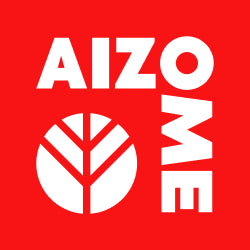
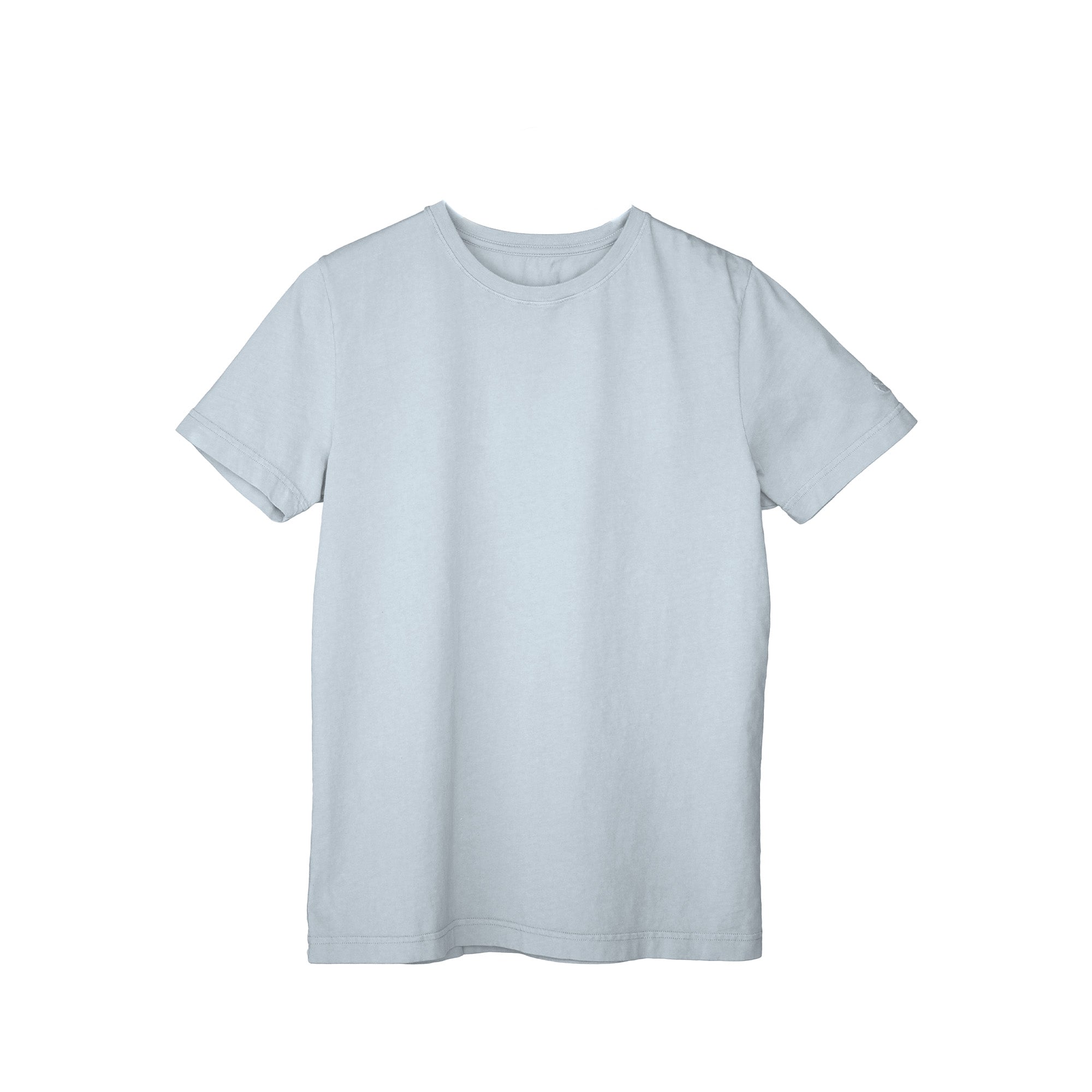

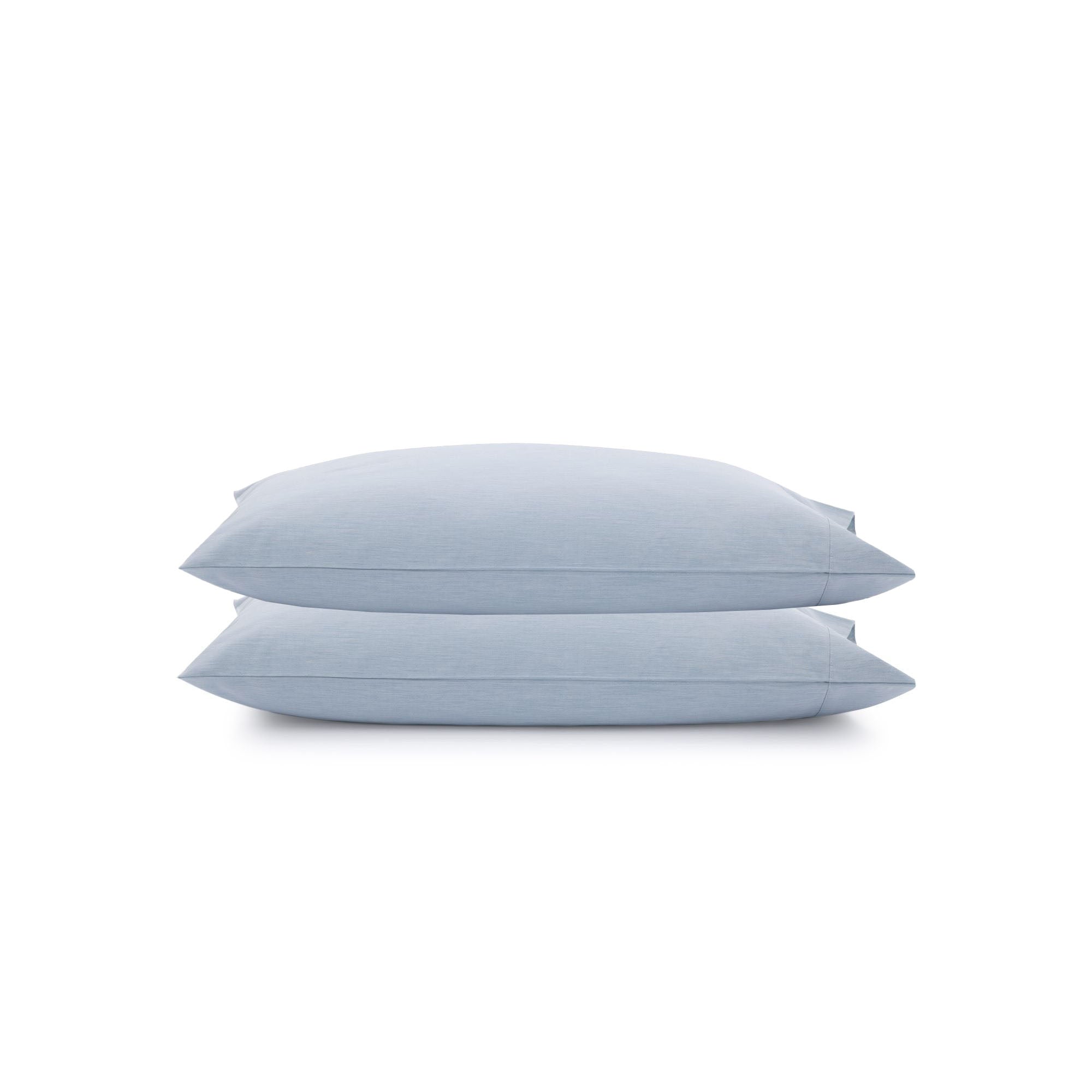
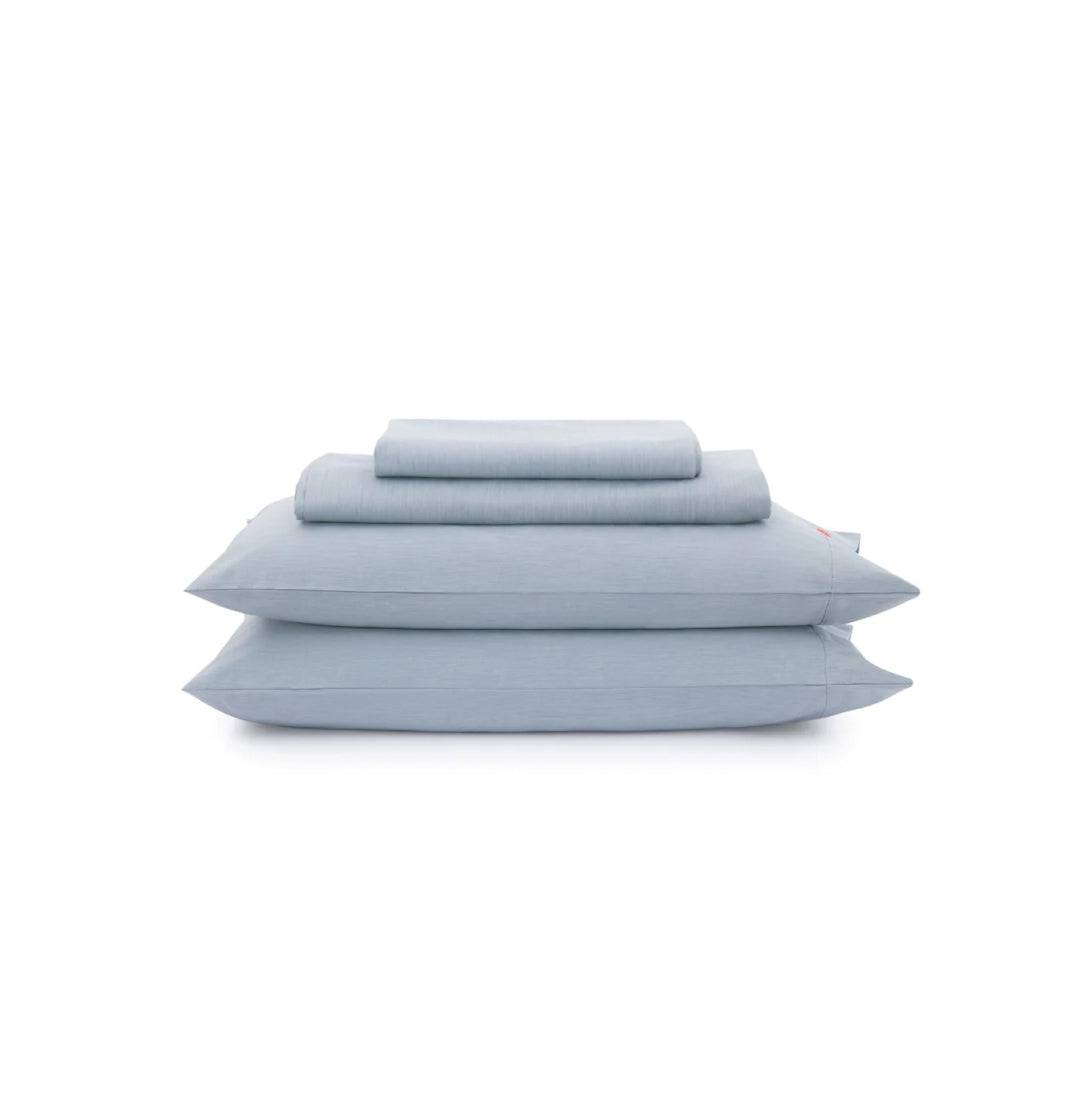
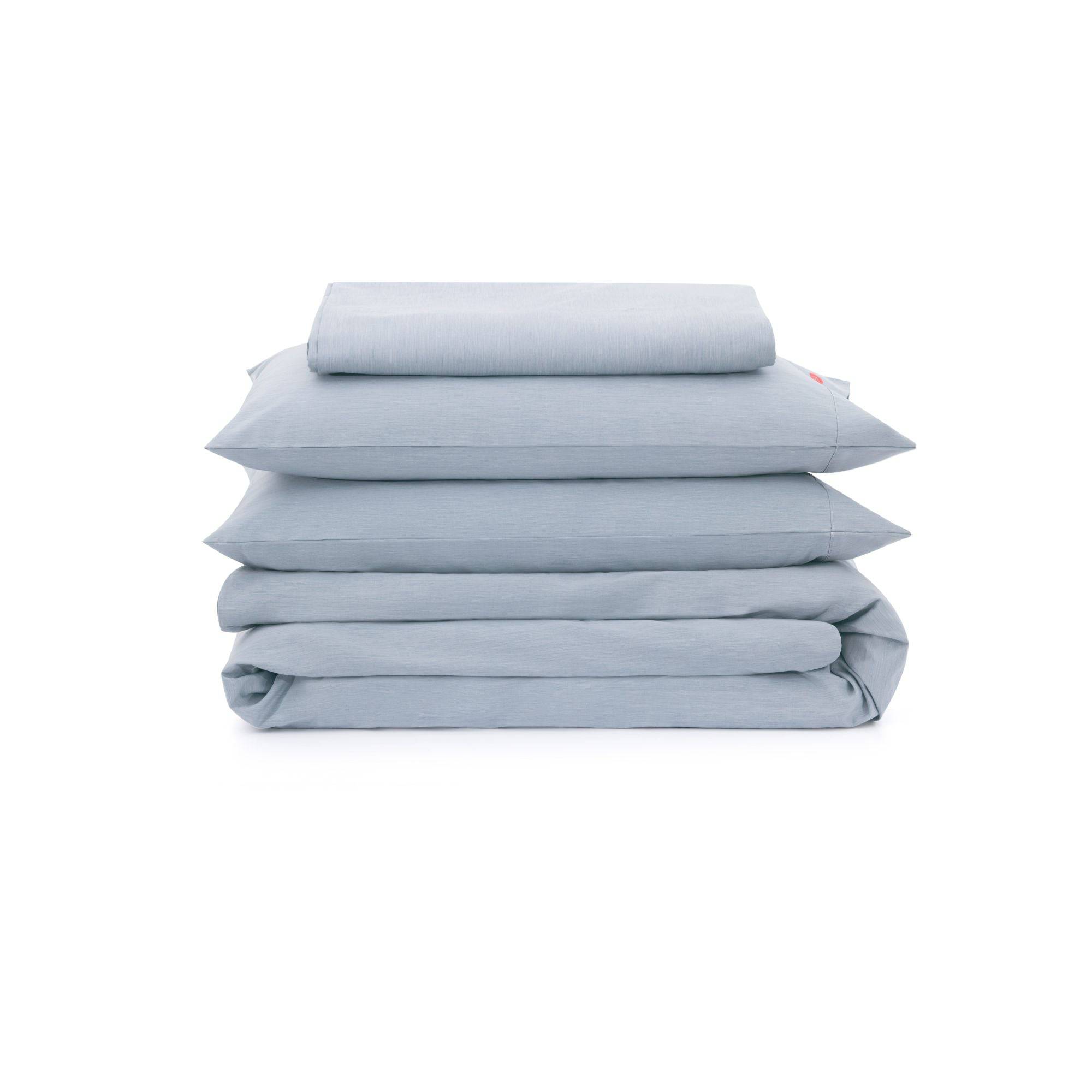
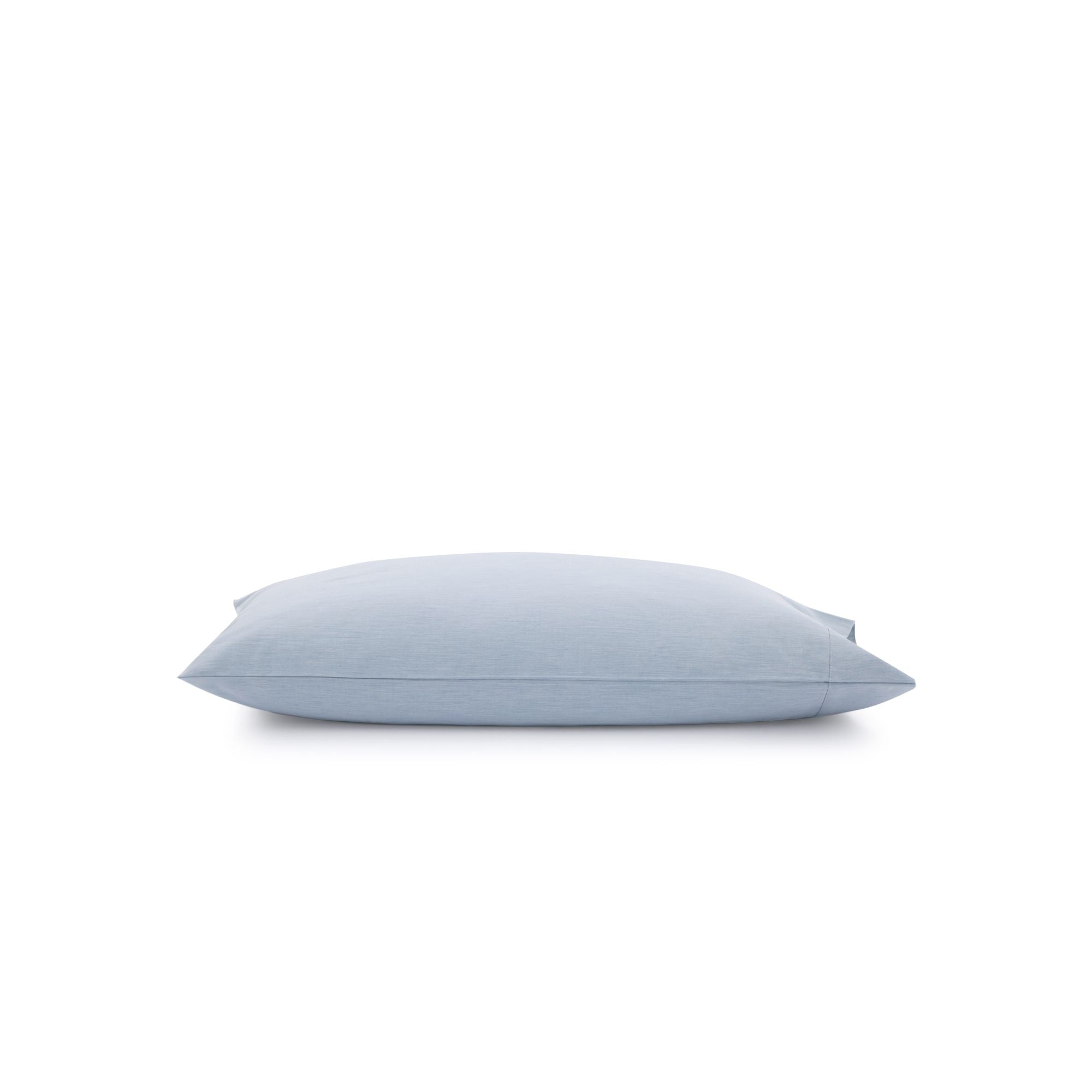
 Bedding
Bedding
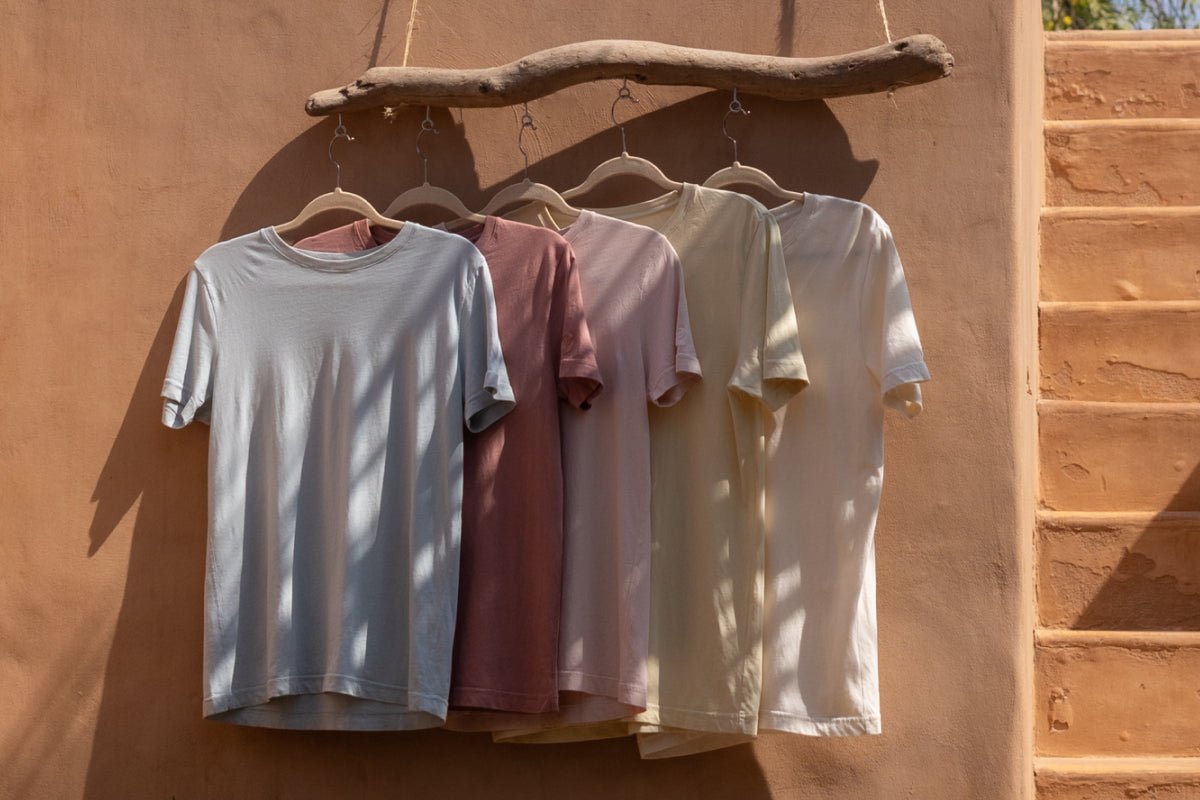 Clothing & Accessories
Clothing & Accessories
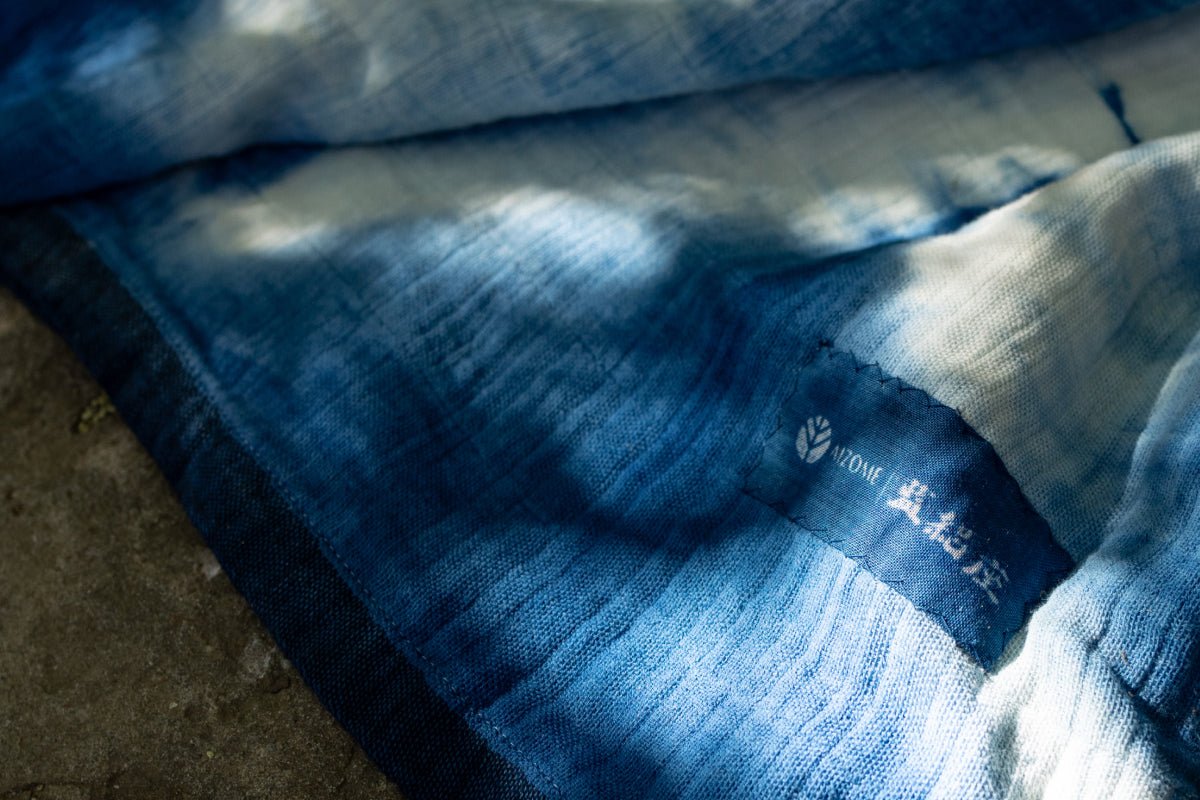 Artisan Line
Artisan Line


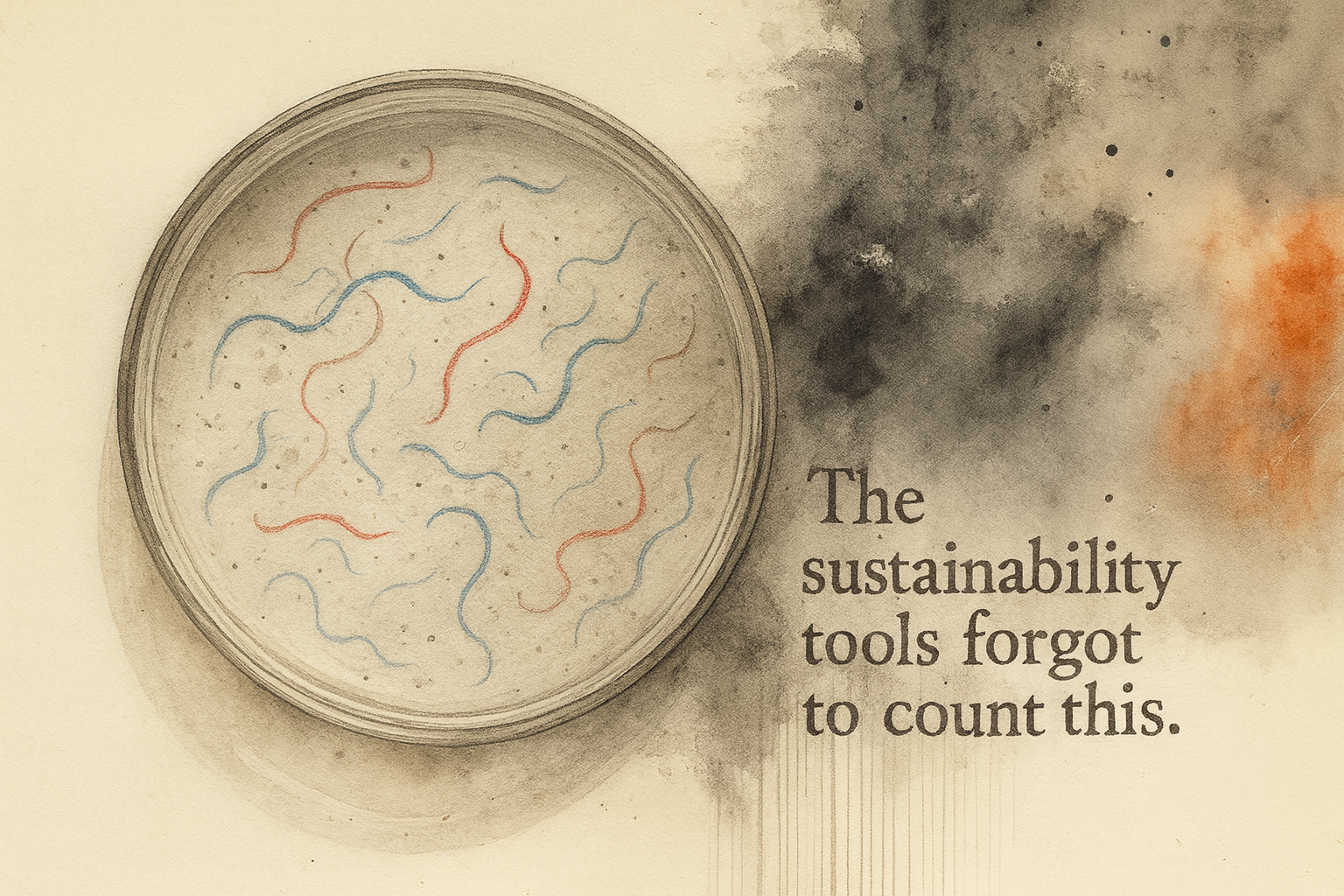
Leave a comment
All comments are moderated before being published.
This site is protected by hCaptcha and the hCaptcha Privacy Policy and Terms of Service apply.